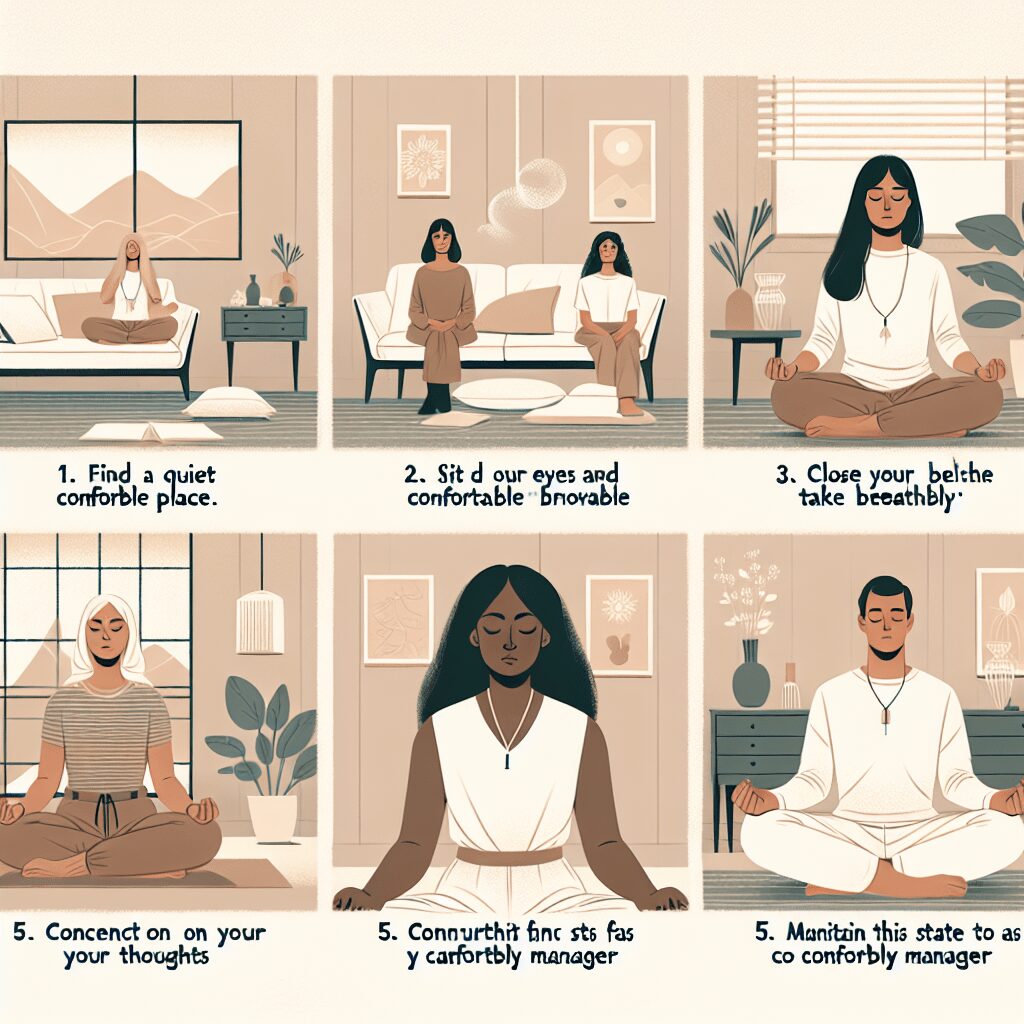
Prioritize your mental well-being daily. Enhance your life by nurturing your mental health with the Smart Meditation app. Break free from stress, alleviate anxiety, and enhance your sleep quality starting today.
Do Stoics Meditate?
Decoding Stoic Meditation: A Path to Inner Tranquility
In today’s whirlwind of chaos and distractions, the ancient wisdom of Stoicism surges as a beacon of light for many seeking solace. But, amidst its famed principles of resilience and emotional intelligence, does the Stoic philosophy entertain the practice of meditation? Absolutely! Let’s dive into the heart of Stoic meditation, exploring its nuances and how it serves as a powerful tool for personal development.
A Stoic’s Approach to Meditation
Contrary to the popular image of meditation as sitting cross-legged and chasing after Zen, Stoic meditation is a tad different but equally profound. It’s a blend of mental exercises and reflections that allow a person to challenge their perceptions, preparing them for the hustle and bustle of daily life. Here’s the lowdown on how Stoics get down to the nitty-gritty of meditating.
Reflecting with Purpose
Stoics were big on journaling. Marcus Aurelius, the Roman Emperor and a Stoic philosopher, penned his meditations which were essentially self-reflective journals. These writings weren’t meant to capture the day’s events but to scrutinize his thoughts and actions critically, fostering self-improvement. So, grabbing a notebook and reflecting on your daily life could very well be your starting point in practicing Stoic meditation.
Mental Rehearsals for Life’s Curveballs
Imagine prepping your mind for whatever life throws your way – that’s what the Stoics were all about. They had an exercise called ‘premeditatio malorum,’ which translates to the premeditation of evils. The idea here? Regularly visualize the challenges and misfortunes you could face in life. Not to be a Debbie Downer, but to diminish the element of surprise and to brace oneself mentally and emotionally for potential setbacks.
Gratitude – The Stoic Way
While not meditation in the traditional sense, practicing gratitude was a cornerstone of Stoic philosophy. Reflecting on what you’re thankful for, particularly the simple pleasures and those often overlooked aspects of daily life, fosters a sense of contentment and resilience. Stoics believed this practice could shield us from dissatisfaction and the perpetual want for more – a remedy for the soul in the age of consumerism.
The Stoic mode of meditation may not involve chanting or sitting in silence for hours, but its essence lies in cultivating a mindset equipped to handle life’s unpredictability with grace. Whether it’s through reflective journaling, mentally steeling oneself against potential adversities, or fostering gratitude – these practices encourage a proactive rather than a reactive approach to life’s ebbs and flows.
In embracing Stoic meditation, you’re not just inviting peace into your life; you’re also embarking on a journey of personal transformation. It’s about reaching an equilibrium where the chaos outside can’t disturb the tranquility within. So, the next time life decides to go off-script, remember, the Stoic way of meditation has got your back, offering tools not just to survive but to thrive amidst the turmoil.
Remember, the essence of Stoic meditation isn’t to escape reality, but to navigate it with wisdom and fortitude. It’s an invitation to turn inward, not in search of an oasis of calm, but for the strength to face the storms with equanimity. So, why not give it a whirl? Who knows, it might just be the missing puzzle piece in your quest for inner serenity.





